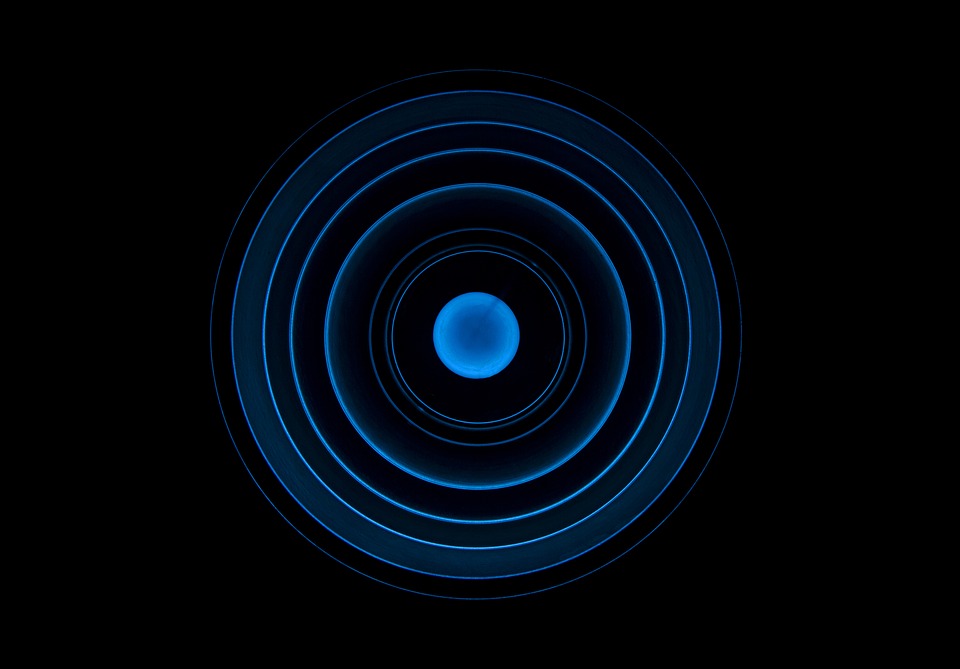The accidental discovery of the zero field switching (ZFS) effect is a major leap forward in the field of spintronics. It could pave the way towards memory and computing devices that are both smaller and draw less power, according to an article in NanoWerk.
The University of Maryland (UMD) defined spintronics as the role of nuclear and electron spin in solid state physics. It involves devices that use spin properties instead of – or in addition to – charge degrees of freedom.
The joint research team from Johns Hopkins University (JHU) and National Institute of Standards and Technology (NIST) were looking into the applications of electricity as a way to control magnetism, a holy grail of spintronics.
They published their findings under “Switching a Perpendicular Ferromagnetic Layer by Competing Spin Currents” in the journal Physical Review Letters.
Using electricity to manipulate magnetism
The JHU-NIST study used an experimental model featuring a cobalt-iron-boron (CoFeB) nanomagnet stacked atop a layer of tungsten, which in turn was placed atop a sheet of platinum. Both ends of the nanomagnet were capped by conductive gold and rested atop a silicon surface.
The nanometer-thick CoFeB magnet serves as a storage for a bit of data. If the CoFeB magnetization aligns upwards, the magnet reads at a “1.” If the magnetization points the other way around, it is a “0.”
The “0” and “1” can be read both electrically and optically through the magneto-optical Kerr effect (MOKE). According to MOKE, the amount of reflected light changes according to the magnetization of the CoFeB magnet.
Next, the research team generated an unorthodox kind of electric current called a “spin current,” whose electrons are spinning in the same direction. This was caused by spin-orbit torque (SOT), the interplay between the current’s electrons and its movement through a medium.
They ran that special current through the platinum and tungsten layers on either side of the CoFeB magnet.
According to their findings, the CoFeB magnetization does not change as long as there is no spin current. However, spins that moved adjacent to the CoFeB magnetic layer put pressure on the magnet.
The spin-orbit torque causes a magnetic reversal, where the magnetic poles of a magnet switch sides. This also happens to be the standard way of storing data.
The SOT exerted by the spin current causes the magnet to switch between 0 and 1 states in a stable manner. This reversal was accomplished without the need to generate another magnetic field, hence the term “zero field switching.” (Related: Harnessing static electricity? Invention makes self-powered devices possible, without batteries.)
ZFS effect remains a mystery, but a welcome one
The researchers reported that they did not expect the ZFS effect during their experiment. Its emergence casts confusion upon the exact processes that enabled the SOT-induced switching phenomenon.
They believe that the unusual ZFS effect has something to do with the material of the medium conducting the spin current. They point out that the electrons moving through the highly-conductive platinum layer on the CoFeB magnet spun in different directions than the ones passing through the poorly-conducting tungsten layer.
Encouraged by the results of their experiment, the researchers have undertaken follow-up investigations. They are looking for other materials that could trigger the ZFS effect in nanomagnets.
Furthermore, they wish to figure out how the ZFS effect changes for nanomagnets that are smaller on a lateral scale. Finally, the research team hopes to develop a theoretical foundation that explains the ZFS effect.
Visit Scientific.news for more news on electronics and magnetism.
Sources include:
NanoWerk.com
Physics.UMD.edu
Journals.APS.org




















